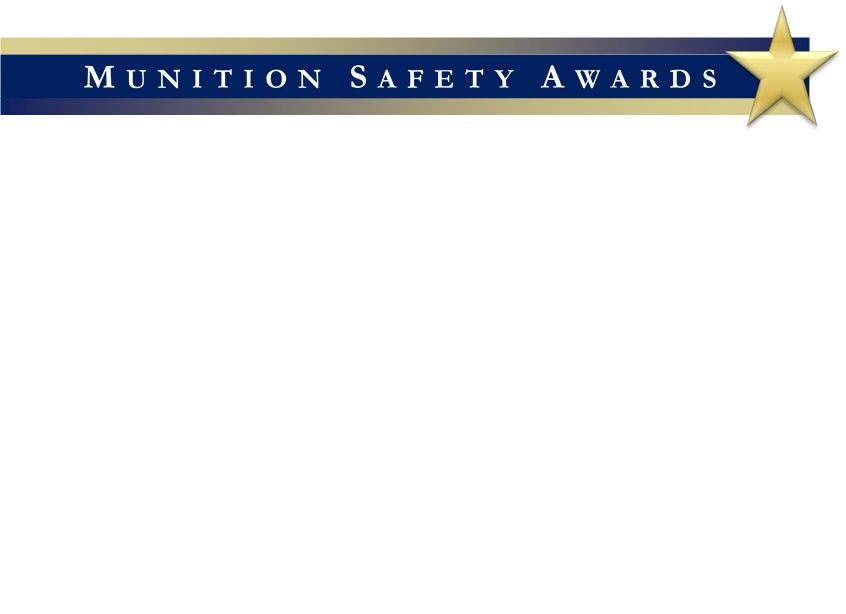L-072 Synopsis of the Risk Workshop and Discussion Group Reports. Assessing the risk and cost benefits associated with the introduction of IM - Part 1 - The Risk Issues.
In November 2000, NIMIC held the first part of a 2-part workshop entitled "Assessing the Risk and Cost Benefits Associated with the Introduction of IM" in Ottawa, Canada. It dealt with the Risk Issues associated with the introduction of IM into service. The aim of the workshop was to identify a means to assess and compare the potential risk reduction, throughout the munition's life cycle, as a result of transitioning towards IM (or the insertion of IM technology).
The objectives were to explore the methodologies for:
- Evaluating the probability of an event as a result of a specific threat
- Assessing the consequences of an event on weapon systems and platforms, personnel and facilities throughout the entire life-cycle of a munition
- Evaluating the risk
A risk assessment is a vital element in the decision making process required to be followed in order to introduce IM into service.
It must include the munition's life cycle and a threat assessment, which are then used in the overall evaluation of the risk. A Risk Assessment Methodology should include both quantitative and qualitative techniques. The evaluation of the probability of an event and its consequences upon its surroundings are well suited to quantitative techniques (the scientific evaluation) while the definition of the life cycle and the presentation of the risk are more suited to qualitative approaches.
Finally, the presentation of the risk assessment must be adapted to the needs of the individual stakeholders to whom it is being addressed. In order to achieve a quantitative evaluation of the probability of an event and of its consequences, there is a need to obtain more quantitative outputs from munition testing to perform the necessary analysis. Quantitative data on the overpressure, the thermal flux and the fragments and debris projections are required. Only a limited number of tests are likely to be conducted, so, in order to develop a good scientific basis for probabilistic values and the evaluation of the damage to facilities, including injuries, adequate test data recording procedures are required.
There also exists a need to share the information amongst the safety community. This is achievable through the creation of international information databases so long as nations were willing to assist in populating them. The NIMIC has the enviable position of being able to develop, populate and maintain such databases as long as the required information is forthcoming.


